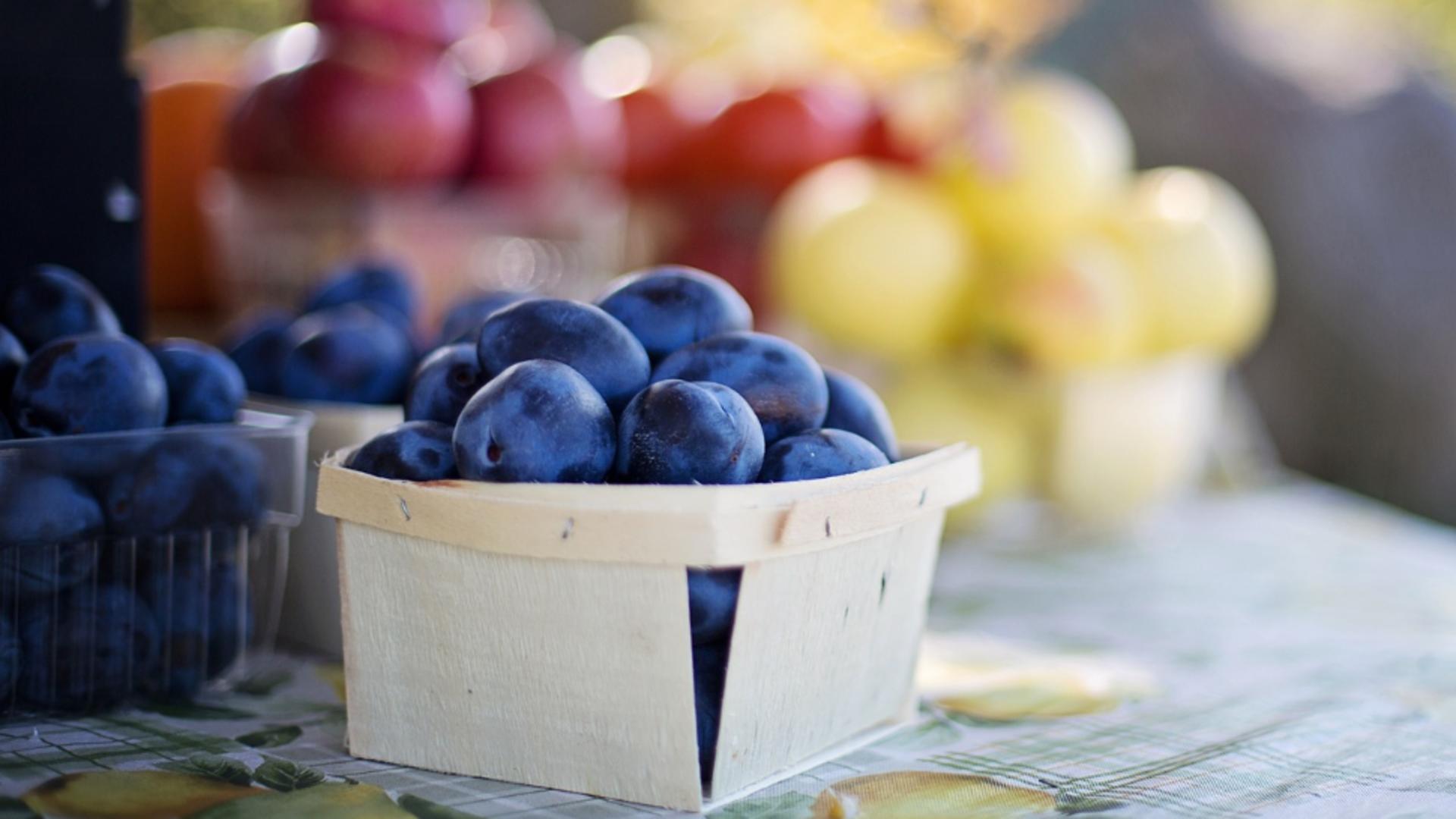Five things to do in the garden this week:
1. Fruit trees: Prune rank growth of two types: suckers (that grow from the base of the trunk) and water sprouts (vertical shoots that grow from tree branches). Both kinds of growth are especially prominent on citrus trees but you find them on apple trees too. Fruit trees are most water-needy in August. According to Greg Alder (gregalder.com), It is wisest to use either drip emitters or micro-sprinklers for fruit tree irrigation. In both cases, the wetting pattern should cover the drip line (the canopy perimeter) of the tree since that is where a tree’s feeder roots are most actively growing. For citrus and avocado trees in the month of August, Alder recommends watering every three days for three hours each day, while deciduous trees should be irrigated every eight days for two-and-a-half hours each day.
2. Vegetables: Consider planting purslane (Portulaca oleracea) now. This is an attractive ground-hugging succulent plant with red stems and small, oval, shiny green leaves. It is generally considered a weed since it sprouts fortuitously from sidewalk cracks and other unexpected places. Yet it is entirely edible and cultivated varieties, tastier than wild specimens, have been developed, whose seeds are available by mail order from Baker Creek Heirloom Seeds (rareseeds.com). Purslane is rich in Vitamins A and C with lots of potassium, magnesium, and iron included. Antioxidants and Omega-3 fatty acids provide additional health benefits.
3. Herbs: Feverfew (Tanacetum parthenium) is one of the easiest herbs to grow and thrives in August. Picture a plant that measures three feet tall by two feet wide and is covered with small daisies against a background of ferny foliage. Feverfew is short-lived but self-sows with alacrity. You can also divide its clumps if you prefer to propagate it in that manner. The Aureum variety has chartreuse foliage and makes a wonderful repeating specimen throughout the garden. Or, if you prefer, plant varieties with spherical (Snowball) or pure lemon yellow (named Magic Lime Green for the color of its buds) blooms. The seeds of these and several other exotic feverfew varieties can be found at selectseeds.com. Although seeds are best scattered in the spring, you should be able to find grown plants in the herb section of your local nursery throughout the year. And, oh yes, a tea made from its leaves is renowned for reducing fever.
4. Ornamentals: Speaking of daisies, once you’ve seen a Santa Barbara daisy (Erigeron karvinskianus) it’s hard to live without it. Picture a proliferating mound that spreads or spills or drapes down and around and is covered with probably a thousand miniature pinkish-white daisies. The Santa Barbara daisy, which is actually native to Mexico and Central America, is meant not only for sunny garden, block wall, or walkway border planting, but tolerates a fair dose of shade as well as poor soil and drought. It is eminently suitable for patio and balcony planters and hanging baskets as well. Santa Barbara daisy flowers all 12 months of the year.
5. Blooms: Any day now, if not already, you should begin to see naked ladies in bloom. These bulb plants get their name from the fact that they flower when no leaves are present Their stunning, fragrant pink trumpets will grab your attention and, of course, like every other flower that grows from a bulb, rhizome, tuber, or corm, you can cut its stalk and keep it in a vase for a week or more. Naked ladies are extremely drought tolerant and emerge just as summer turns its hottest. When flowers fade, just before leaves appear, is the recommended moment to divide and transplant your clump of naked ladies.
If you have questions or comments, please send it to joshua@perfectplants.com.
Related Articles
Irises, herbs, ornamentals and more: What to do in the garden this week
Gardeners share their favorite tools to use while gardening
Watering your garden during the heat of the day is bad for your plants. Or is it?
Picking, pruning and potting: What to do in the garden this week
How to plant, harvest and grow delicious fresh cucumbers in the garden




























